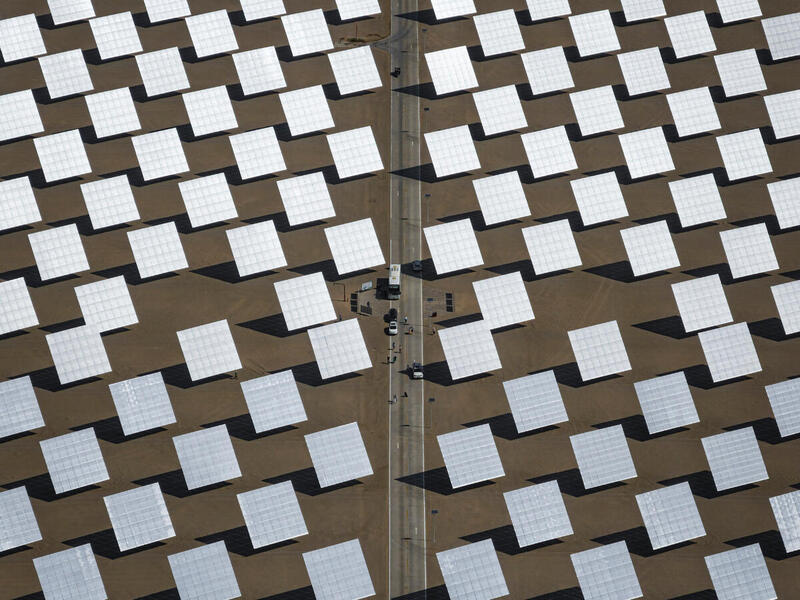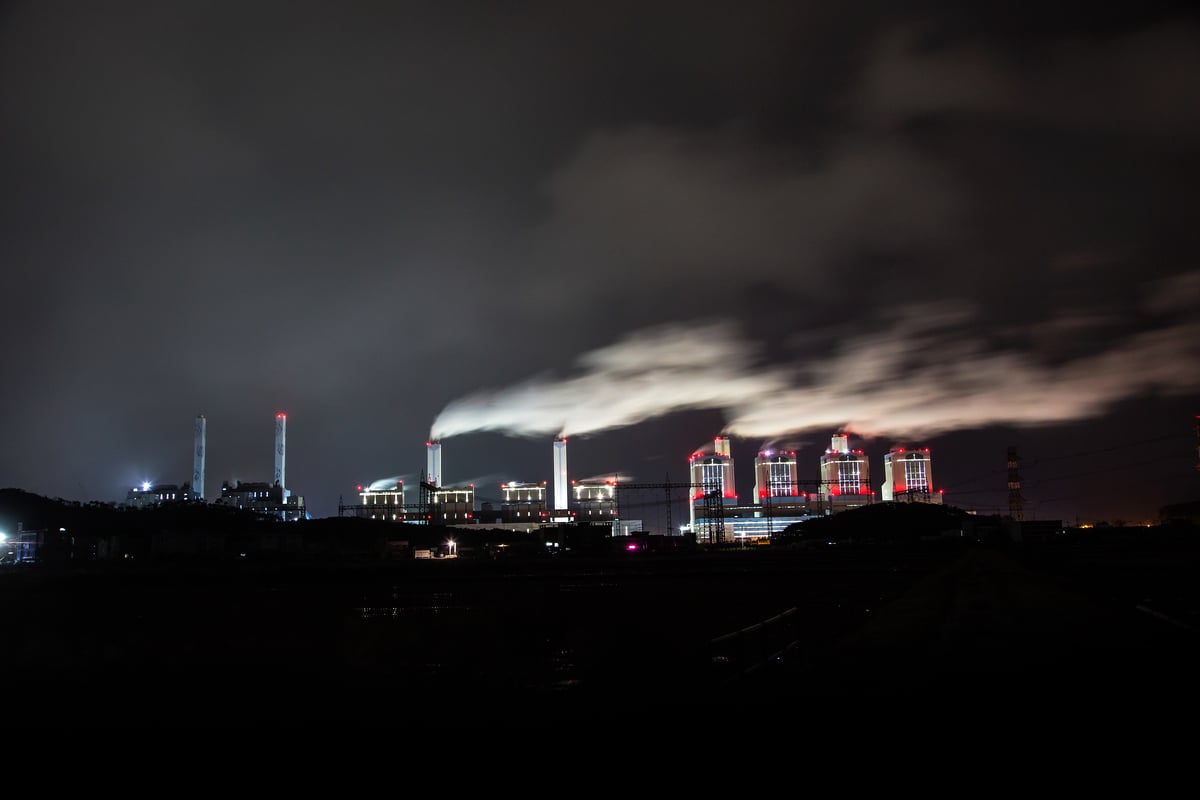Beijing — New research from Greenpeace East Asia shows that China approved 11.29 gigawatts (GW) of new coal power capacity in the first quarter of 2025, after 2024 saw a year-on-year decrease in new approvals for coal-fired power plants to 62.24 GW.
Greenpeace East Asia Beijing-based climate & energy project manager Gao Yuhe (she/her) said:
“2025 is a critical year for China to make overall emissions from its power sector stop increasing. Since 2024, we’ve seen a turning point where the wind and solar growth is outpacing coal. If this trend continues, renewables could meet all of China’s new electricity demand in 2025. That puts the power sector on track to peak carbon emissions this year. This presents a historic opportunity. China has every reason to aim for an early emissions peak in the power sector. This is the major precursor towards the goal of a nationwide carbon peak.”
Greenpeace East Asia reviewed official documents, including project approvals, reviews, and environmental impact assessments, to track new coal approvals in China since 2015 and confirm new coal power plant approvals through 2024 and Q1 2025.
With Q1 2025’s additions, total coal capacity approved since 2021 now stands at 289 GW — double the approved 145 GW from 2015 to 2020 (the 13th Five-Year Plan period). However, in a significant shift, 2024 saw a 41.5% year-on-year drop in approvals to 62.24 GW, marking the first annual decline since 2021. Meanwhile, official data show that by Q1 2025, China’s installed wind and solar capacity reached 1,482 GW, surpassing thermal power1 ’s 1,450 GW for the first time. Q1 2025 also saw, for the first time, that wind and solar generation outpace the total increase in national electricity demand—a major milestone in China’s energy transition.
Gao said:
“Continued coal approvals pose a significant risk. Since 2021, both eastern and western provinces have accelerated approvals, placing China at a critical crossroads. The year 2025 marks a pivotal moment in the country’s energy transition. There is already enough existing capacity to meet today’s peak demand. Approving a new wave of large-scale coal projects risks creating overcapacity, stranded assets, and higher transition costs. That will ultimately undermine progress toward a cleaner, more flexible power system.
“With renewables now supplying a growing share of the grid, system flexibility is the key challenge. Large-scale coal plants are ill-suited to this task, as they ramp slowly, maintain high minimum output, and inflate supply even on standby. Relying on them for short-term balancing is costly, inefficient, and dirty. Cleaner solutions like distributed renewables, storage, and demand-side response are better suited to a modern, resilient grid.”
From 2015 to 2020, coal-rich provinces led new approvals. In contrast, the 2021 to Q1 2025 period has seen both eastern and western provinces ramp up approvals. The top five provinces for newly approved capacity from 2021 to Q1 2025 are Guangdong (28.02 GW), Jiangsu (23.84 GW), Inner Mongolia (20.75 GW), Anhui (19.18 GW), and Shaanxi (17.39 GW).
Since 2022, eastern provinces with high electricity demand growth have significantly expanded coal approvals. Since 2024, however, the trend has shifted westward, toward provinces rich in wind and solar resources.
From 2024 through Q1 2025, the top five provinces by new coal approvals are Inner Mongolia (10.64 GW), Gansu (10.02 GW), Xinjiang (5.28 GW), Heilongjiang (4.66 GW), and Jilin (4.66 GW). Large-scale units (600 megawatts (MW) and above) now dominate approvals. In 2024, they made up 69.6% of newly approved capacity; in Q1 2025, the share is 88.9%.
As 2025 marks the final year of China’s 14th Five-Year Plan and the country approaches its 2030 carbon peaking pledge, Greenpeace urges the country’s policymakers to:
- Accelerate the release of a top-level policy framework for the power sector transition, including an updated risk alert mechanism for coal planning and a clear coal phase-out timeline.
- Raise the 2030 targets and increase investment for renewables to replace coal and support the power sector’s carbon peaking by 2025.
- Establish a cost-effective resource adequacy mechanism for peak loads to improve system reliability and climate resilience without overbuilding coal capacity.
- Unlock the full flexibility of the generation-grid-load-storage system by scaling distributed renewables, new energy storage, and demand-side response, rather than relying on new coal to meet short-term needs.
NOTES
- Thermal power includes coal, oil, and gas-fired generation, as well as power from waste heat, excess pressure, waste gas, garbage incineration, and biomass.
END
For media enquiries please contact:
Qilin Liu, Greenpeace East Asia, Beijing, ([email protected])
Greenpeace International Press Desk, [email protected], +31 20 718 2470 (24 hours)



